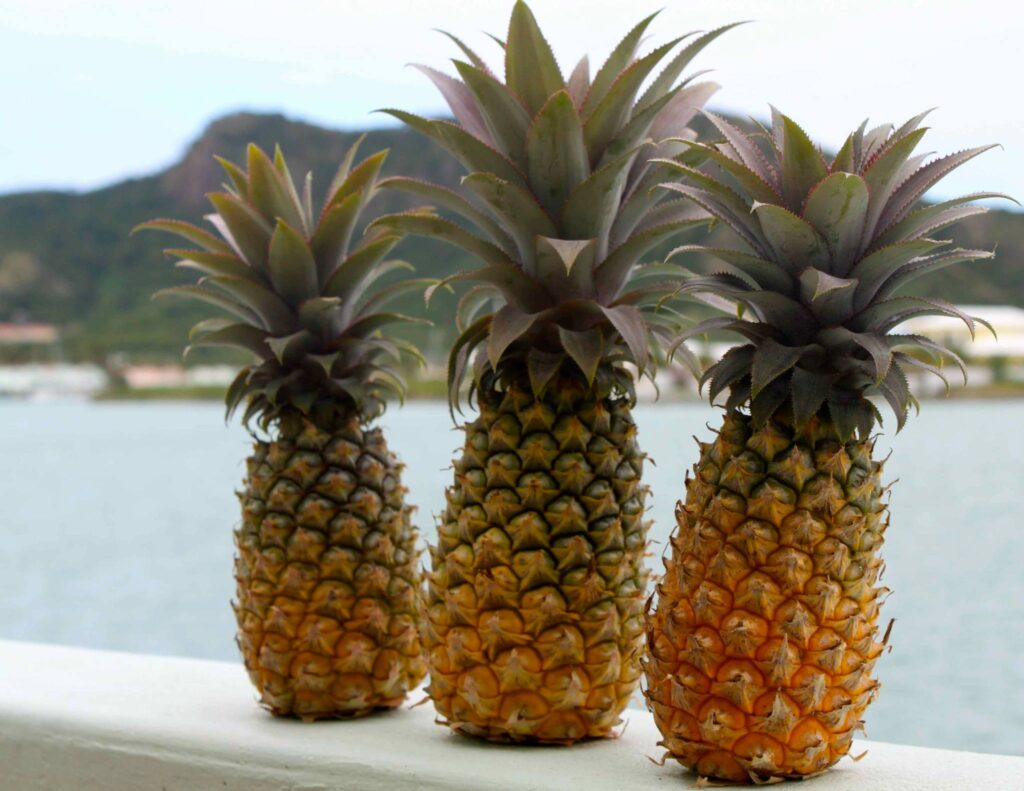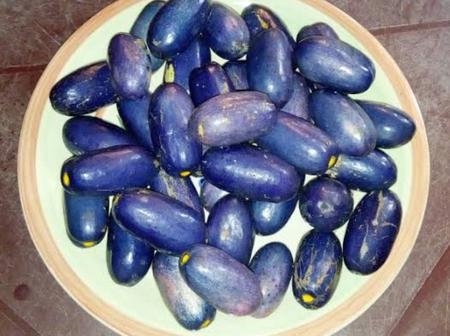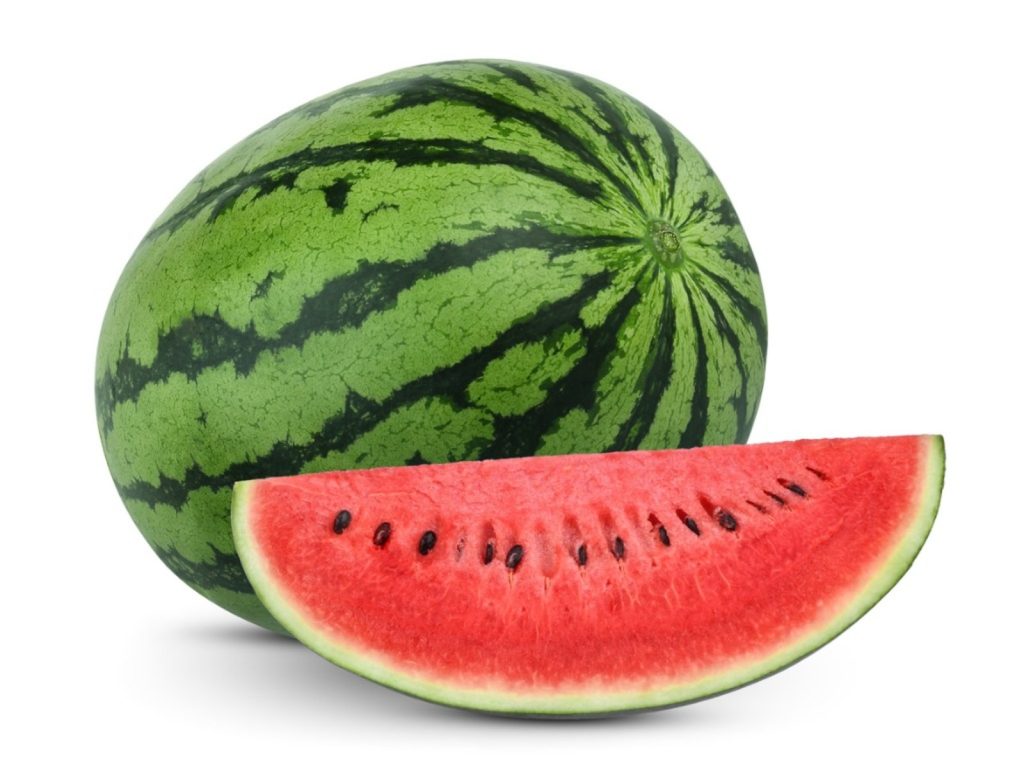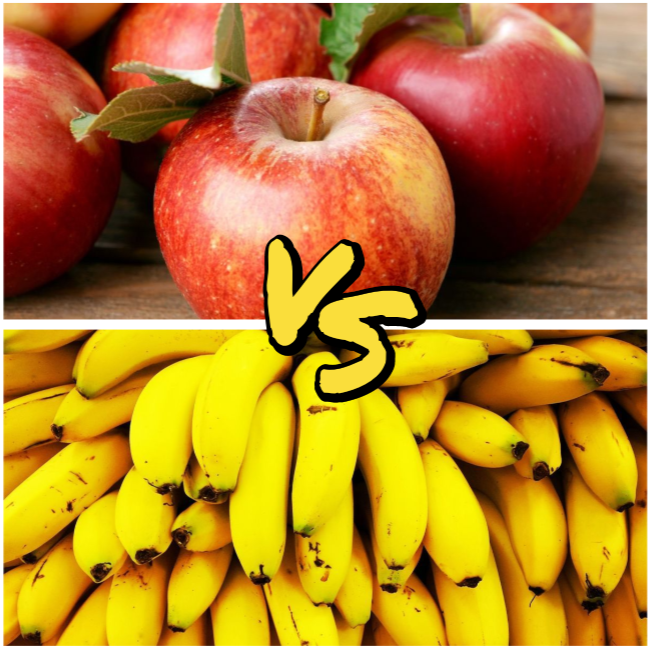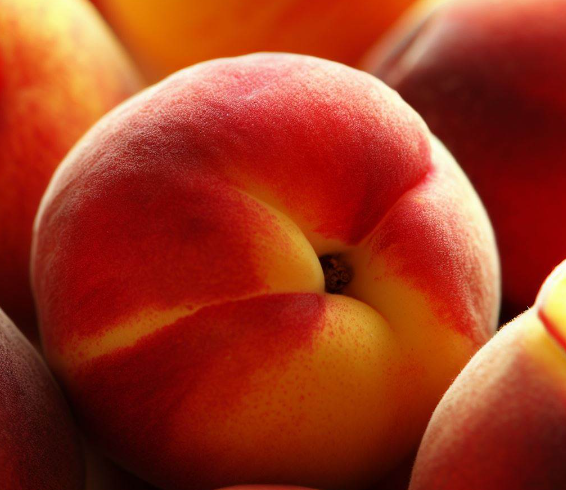Many people enjoy bananas, a sweet and soft fruit that is also good for your health. Sometimes you might see brown spots on bananas and wonder if they’re still fine to eat. What do these spots mean, and should you be worried? Let’s dive into why bananas get spots, if they affect the fruit’s safety, and how to choose the best bananas to eat.
Table of Contents
- Why Do Bananas Get Brown Spots?
- Understanding Banana Ripening
- Are Bananas with Brown Spots Still Safe?
- Choosing The Best Bananas
- Storing Bananas to Avoid Spots
- What About Other Marks On Banana Peels?
- Are Spotty Bananas More Healthy?
- What to Do with Overripe, Spotty Bananas
- Is It Okay to Eat Spotty Bananas?
- Conclusion
Why Do Bananas Get Brown Spots?
When bananas get brown spots, it’s because they’ve been exposed to air. This makes the enzymes inside the banana react, turning the outside brown and spotty.
Bananas have certain enzymes called polyphenol oxidase. If the banana skin is bruised, these enzymes produce a brown color called melanin. That’s why you see brown spots where the banana has been bumped or squished—the more it’s bruised, the more spots you’ll see.
Understanding Banana Ripening
To make sense of the spots, you should know how bananas ripen. They are picked when they’re still green. This helps them last longer while being shipped to stores.
When bananas arrive at the store, they start to give off a gas called ethylene. This makes the bananas turn yellow and become sweet.
As bananas become ripe, they change starch into sugar. The peel gets softer and more likely to get bruised. So, it’s important to handle ripe bananas with care to avoid spots.
Are Bananas with Brown Spots Still Safe?
No, brown spots on bananas don’t mean they’re bad for you. These spots happen because of natural processes and don’t make the banana unsafe to eat as long as there’s no mold, rot, or bad smells.
Most of the time, brown spots on bananas are just surface level and don’t mean the fruit is spoiled. The brown color, called melanin, isn’t harmful, and the spots don’t mean the banana is immediately bad.
If the spots are very dark, spread a lot, or the banana looks moldy, it’s time to throw it away. At that point, the fruit might be rotting, which can introduce mold and make the banana go bad.
Choosing The Best Bananas
When picking bananas, aim for those with few brown spots. But remember that bananas without any spots might not be ripe yet. Here are some tips to find the best bananas:
- Color: Choose bananas that are more yellow than green. A few brown spots are okay.
- Smell: Ripe bananas smell sweet.
- Texture: They should feel slightly soft but not squishy.
- Tips: The ends shouldn’t be very dark or black.
- Size: They fill out as they ripen. If they look shrunken, they’re past their best.
- Bunches: Check each banana in a bunch. If one looks more ripe than the others, you can separate it.
As you gain experience, you’ll get better at spotting when bananas are just right to eat.
Storing Bananas to Avoid Spots
Storing bananas correctly can prevent them from ripening and spotting too quickly. Here’s some advice:
- Keep bananas together in a bunch to slow down ripening.
- Don’t put bananas in direct sunlight.
- Putting ripe bananas in the fridge will keep them longer, but once you take them out, they might brown quickly.
- Wrap the stems with plastic to trap the ripening gas.
- Squeeze some lemon juice on cut bananas to stop them from turning brown fast.
- Keep banana pieces in a sealed container in the fridge and use them before they get too dark or wet, which means they’re going bad.
What About Other Marks On Banana Peels?
Sometimes you might see different kinds of marks on banana peels:
- Dark lines: These come from sap that dries on the skin. They usually don’t last as the banana ripens.
- Cold damage: If bananas get too cold, they can get brown splotches when they warm up again.
- Very green bananas: If they’re extremely green, they just need time to ripen.
- Shriveled skin: This is a sign the banana is getting old and losing moisture.
- Mold: Throw these out. Mold looks like white or gray fuzz.
- Bacteria: If there are soft spots that smell bad, it might be bacteria, and it’s best not to eat these bananas.
Are Spotty Bananas More Healthy?

Studies have found that bananas with brown spots have more antioxidants than the ones that are just yellow. This means they could be even better for you!
When bananas turn ripe, the green color fades away and antioxidants get released. Also, when bananas get brown spots, this process makes even more antioxidants.
Eating bananas that are really ripe might help your stomach health and keep your blood sugar stable after meals. This is because they have special benefits known as prebiotics.
But if a banana is very brown and mushy, it doesn’t have as many vitamins. It’s best to eat bananas when they’re just the right amount of ripe.0>
What to Do with Overripe, Spotty Bananas
It’s okay to eat bananas with some brown spots. But if they are very ripe or bruised, you can still use them in different ways:
- Bake them into bread, cakes, muffins, or pancakes. They are really moist, which is good for baking.
- Blend them into smoothies, milkshakes, or ice cream. They add sweetness and make other flavors taste better.
- Add them to your overnight oats or chia pudding. Bananas mix nicely with these grains.
- Freeze them for later. You can even make a dairy-free banana ice cream called “nice cream.”
- Make banana chips by dehydrating them. They’ll last for a long time.
- Make a simple natural baby food by blending bananas into a puree.
With some creativity, you don’t have to throw away those bananas just because they’re a bit brown.
Is It Okay to Eat Spotty Bananas?
Brown spots on bananas don’t mean they’re bad. If the banana isn’t moldy, smelly, or looking rotten, it’s safe to eat. Try to pick bananas that are ripe, but not too ripe, especially when you need them fresh. If you’re not sure, though, and something seems off, it’s best to throw it out – better safe than sorry.
Conclusion
In conclusion, brown spots on bananas are not a sign that they are not safe to eat. Check how ripe they are and look for any signs of going bad to decide if they’re still okay. You can keep getting the most from your bananas by picking them carefully and storing them well. And if they do get overripe, remember, there are many delicious ways to use them up instead of just tossing them out.
